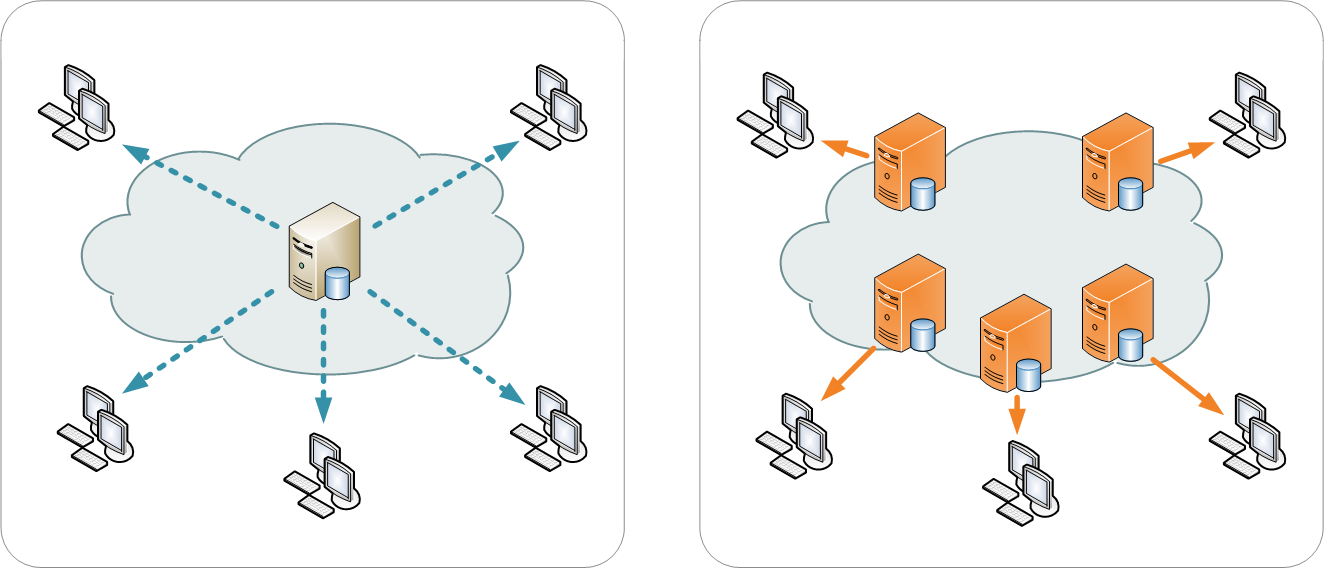Network and flows optimization
Key role(s)
Objectives
Benefits
It's all about asking the right questions regarding:
Connectivity
For example, the connectivity between the cloud and the rest of the infrastructure that is best suited to the needs and security levels required must be defined. For example between a simple VPN or a dedicated line such as AWS DirectConnect or Azure ExpressRoute.
Port speeds
It may also be advisable to adapt the speed of the "ports" to the real needs observed (inbound & outbound traffic peaks).
Outbound traffic
As mentioned in the practice "2R1 - Visualization of TCO per application", it is necessary to integrate the costs of outgoing traffic into the TCO of applications and try to optimize them.
In particular, we will try :
- to limit outgoing traffic to only the necessary information, for example to ensure that a web page correctly performs HTTP caching.
- prevent highly dependent services from being in separate regions,
- and use private IP addresses to the maximum: On AWS for example: Transfers do not cost anything when coming and going from EC2, RDS, Redshift and ElastiCache in the same availability area when a private IP address is used, whereas it is paying if it is a public or elastic IP address (EIP).
Choice of regions
Not all regions have the same costs. We know, for example, that for AWS in Europe, Ireland is the cheapest. But you can't necessarily use it everywhere, because of regulatory or latency issues. We must therefore be able to play with the choice of regions in order to avoid, as far as possible, regions with high traffic costs. This is the case, for example, for the Azure region "Brazil South", which is twice as expensive in traffic costs as the West & East US regions... This needs to be carefully considered in the general architecture of the organization.
Content Delivery Network
It is also a recognized good practice to use CDNs (Content Delivery Network) to manage large data transfers to edge locations.

This not only reduces transfer costs, but also reduces latency times. Compression tools should therefore also be considered to reduce the volume of data transferred.